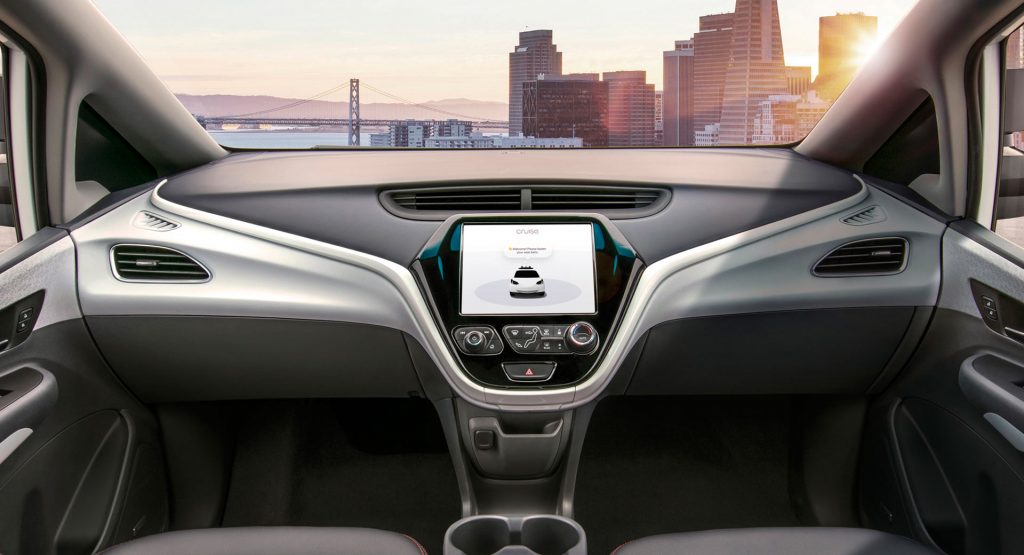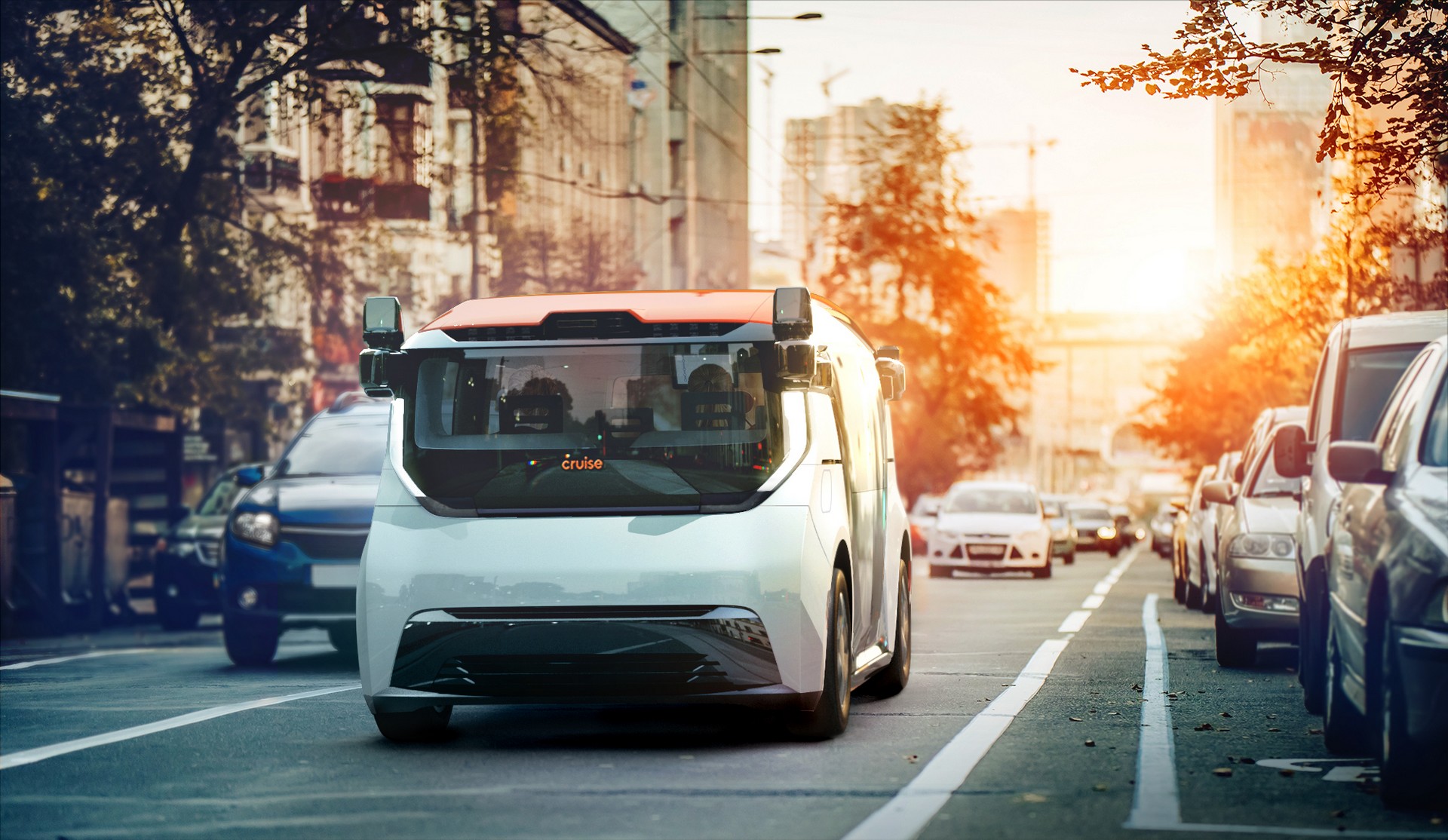The National Highway Traffic Safety Administration has unveiled a proposal that would modernize rules to allow for vehicles without a steering wheel.
Dubbed Occupant Protection for Automated Driving Systems, the proposal with would update safety standards to allow for autonomous vehicles such as the Cruise Origin.
The proposal is over a 100 pages long, but it aims to “address the near- and long-term challenges of testing and verifying compliance with the Federal motor vehicle safety standards for vehicles equipped with automated driving systems that lack the traditional manual controls necessary for human drivers, but that are otherwise traditional vehicles with typical seating configurations.”
Also Read: The Cruise Origin Is The Electric, Autonomous, Shareable Car Of The Future
This isn’t exactly a straightforward process as the NHTSA noted there will likely be two types of automated driving systems. As a result, the rules need to be adapted to allow for vehicles with manual controls, fully automated controls and those that offer a mix of the two.
The proposal gets pretty technical, but the agency said it’s primarily designed to create requirements and test procedures to allow for vehicles without manual controls. In particular, the government said the proposal applies “frontal passenger protection requirements to the traditional driver seating position when a steering wheel is not present, and clarifies the applicability of some occupant protection standards to vehicles with no occupant compartment, such as occupant-less delivery vehicles.”
The proposal is being described as a “historic first step” towards fully autonomous vehicles and is one of several regulatory actions the NHTSA is considering to modernize vehicle standards to allow for new technologies.
In a statement, NHTSA Acting Administrator James Owens said “With more than 90 percent of serious crashes caused by driver error, it’s vital that we remove unnecessary barriers to technology that could help save lives.” He added the agency doesn’t want “regulations enacted long before the development of automated technologies to present an unintended and unnecessary barrier against innovation and improved highway safety.”






